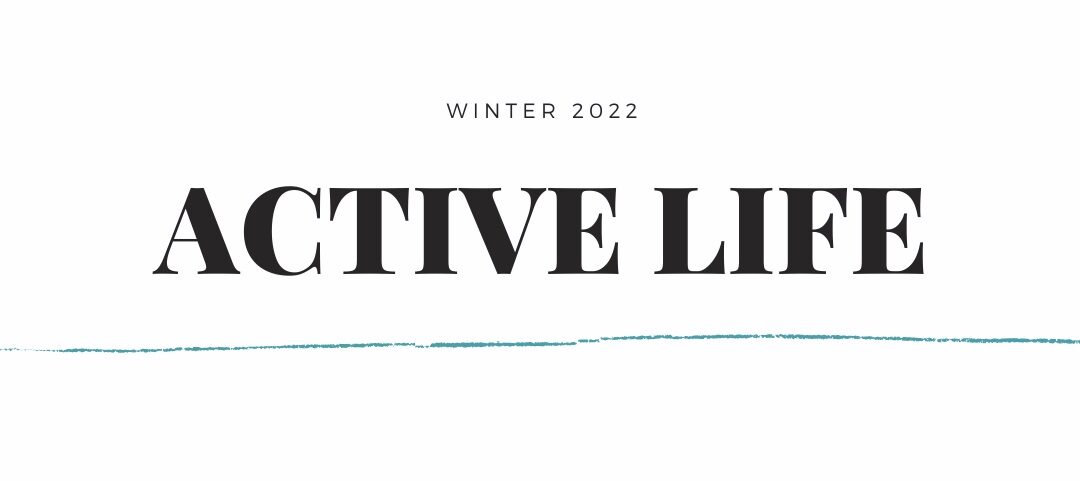
Active Life- Winter Edition

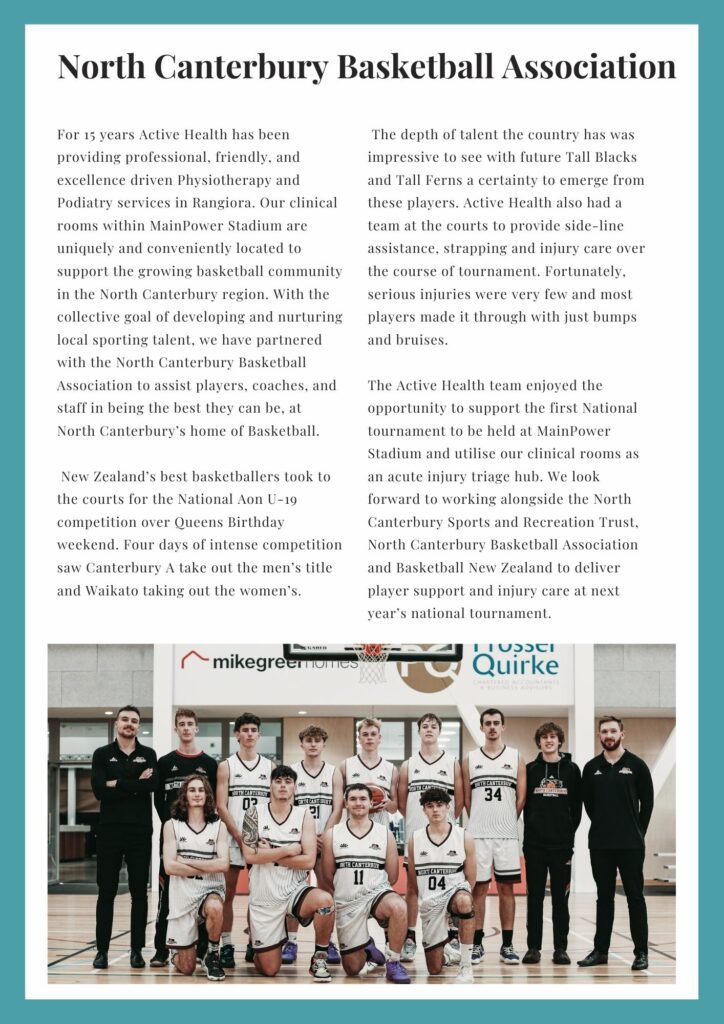


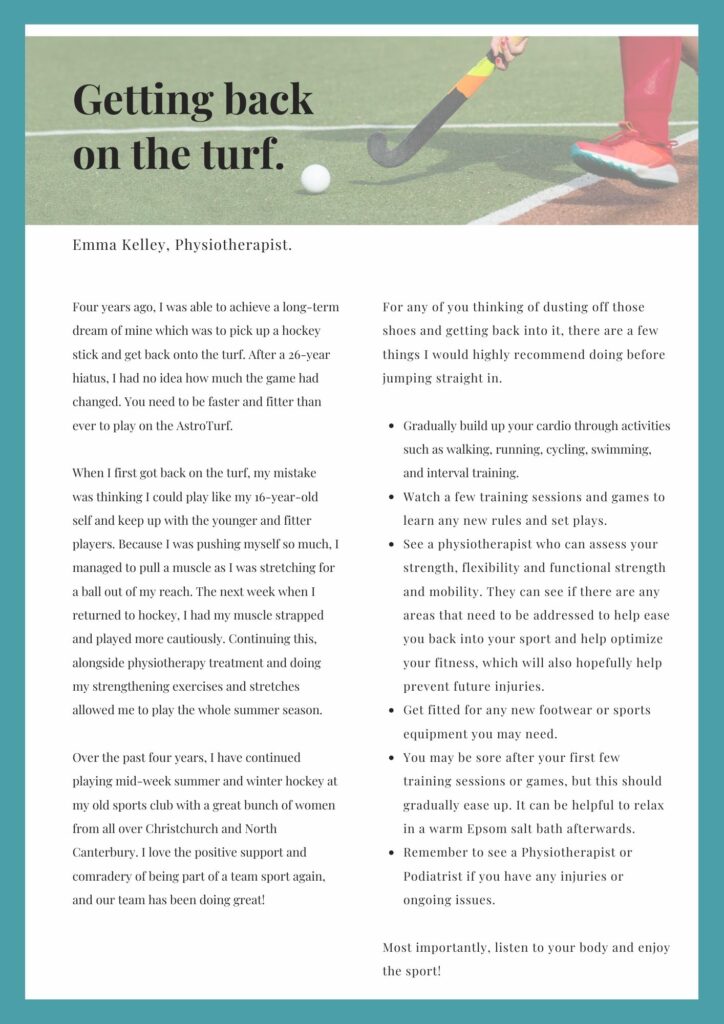


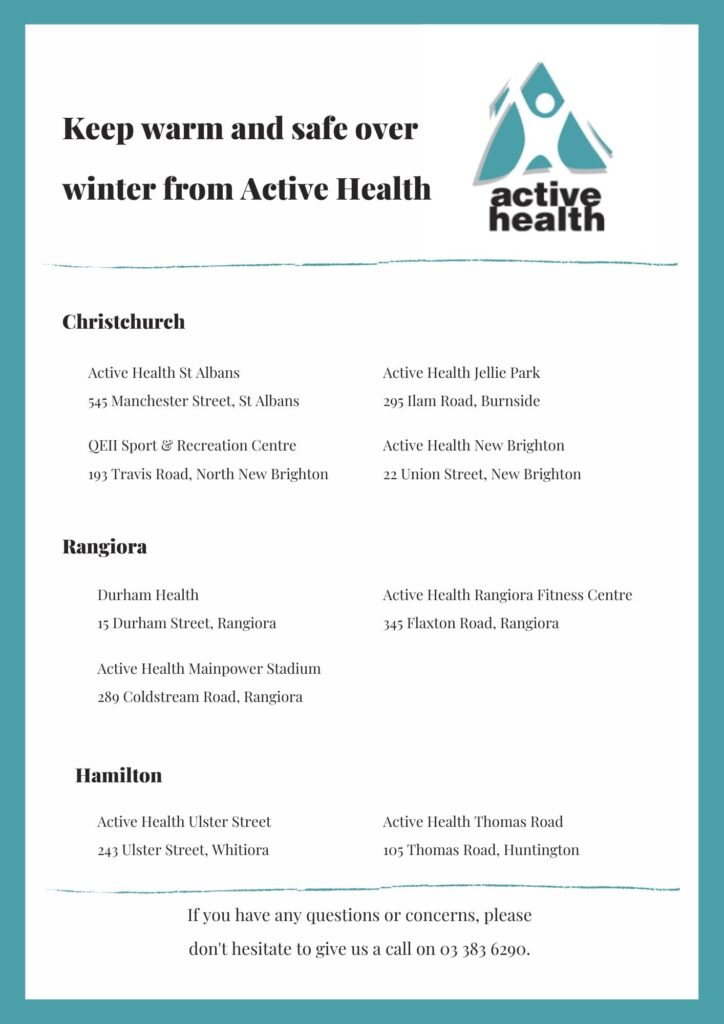









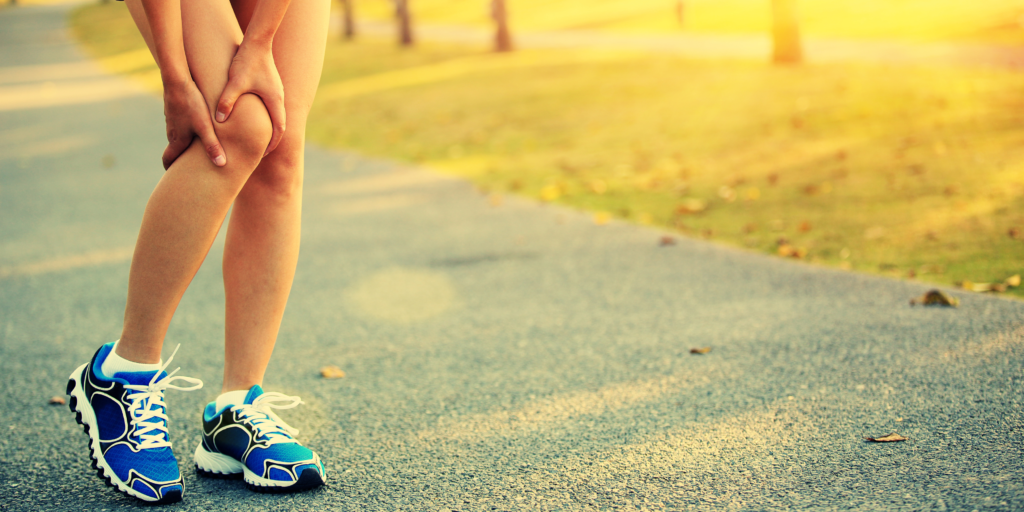

Every now and then we find ourselves with an acute injury and usually in pain because of this. An acute injury is something that occurs suddenly. It is usually a result of a fall, trip, a twist, or impact. The way we manage these injuries after they occur is key to pain management and recovery time.
The protocol that is commonly used is R.I.C.E. This consists of Rest, Ice, Compression, and Elevation.
A change based on evidence has created a newer mnemonic that physiotherapists recommend for better immediate and sub-acute care.
Some of these are the same as R.I.C.E, but there are a few extras to help you get back to your chosen activities, or until you can discuss with an appropriate health provider, such as a physiotherapist or a doctor.
The PEACE portion of the protocol is broken down into Protection, Elevation, Avoid Anti-Inflammatory, Compression and Education. This provides immediate care.
The LOVE portion of the protocol is broken down into Load, Optimism, Vascularization and Exercise.

When your body has gone through its processes to heal an injury, it does its best job to clean up after itself. Sometimes this is not the case, sometimes residual swelling, tightness, and stiffness may affect your ability to get back to normal.
Physiotherapy can facilitate healthy healing at all stages of your recovery. For example, a physio can provide appropriate exercises to help alleviate swelling, reduce stiffness, and free up tight muscles in the early days of injury.
Once your ready to start strengthening the injury site and getting into rehabilitation, your physiotherapist will be there every step of the way.
Find a physio near you, Click for HAMILTON, RANGIORA or CHRISTCHURCH.
You can read more on the research behind the PEACE & LOVE protocol here.

We all know that exercise is good for us, it helps to keep us healthy and lowers the risk of many diseases. As creatures of habit, we tend to repeat the same type of training. Whether it be cardio or resistance training, we can get stuck in a rut and after a while and not see any progress. Incorporating a mixture of resistance and cardio is a great way to maintain longevity with your training. We can help out getting you more active, we have a great gym at our St Albans clinic, with all the right equipment to suit your mixed training needs.
Here are 3 reasons why a mixed training program will benefit you long term.
We tend to gravitate towards one type of training. This could be either cardio or resistance. Initially, our body will adjust to the type of training we choose, and we will see progress. But over time our body becomes used to that same type of training. You can switch this up by adding in new types of resistance training (or vice versa). This will stimulate new responses, gives you a new challenge, and will maintain progress in your training.
By changing the way you are training frequently, you will stay excited about exercising. You will also be less likely to reach a plateau in your workout performance and results. Adding new exercises into your training routine can make the workouts exciting and different.
You can achieve great benefits from both cardiovascular and resistance training. Cardio training will increase cardiovascular endurance and efficiency, while resistance training will increase muscle strength. Over time this combination will reduce your risk of injury, keeping you healthier for longer. A mixture of both will propel you to achieving success.
Now that we have you excited about incorporating new challenges to your training regime, give us a call on 03 383 6290 to book a session with one of our trainers at our St Albans, Christchurch Clinic.

Back pain is something most of us have experienced. It can occur during exercise, from repetitive lifting, or sudden awkward movements. The most common cause of lower back pain is a strain or sprain of the ligaments in the spine. The lower back is especially vulnerable to injury as it carries the weight of the upper body and is involved in twisting, bending movements.
One of them is a lumbar sprain. The lumbar spine is the name of the 5 vertebrae of the lower back leading down into the top of the pelvis. A lumbar sprain occurs when the tough tissues know as ligaments surrounding and joining the bones get overstretched or even torn.
The other common injury is a muscle strain. This is usually known as a pulled muscle and refers to when the muscles are overstretched or overused and start to tear.
Both types of injury have very similar symptoms and require very similar treatment. When the ligaments of muscles are stretched or torn in any injury, it can cause inflammation. The inflammation is a natural response to injury. It is when blood rushes to the injured area to help repair and restore the injured tissue. Other symptoms can include stiffness, pain that worsens with movements, soreness to touch the area, or difficulty standing or moving.
Once you are feeling more mobile and your pain is improving it is a good idea to start stretching.
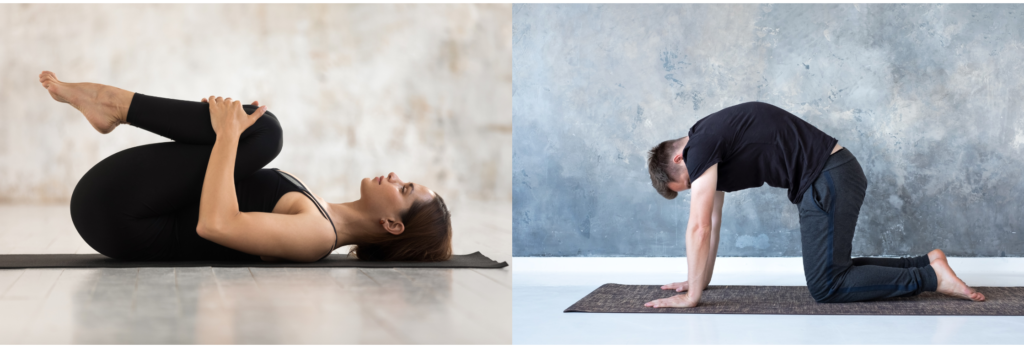
When your back pain is manageable you should work on strengthening your core and back muscles. Any movement is great for blood flow which will help reduce any muscle stiffness. Talk to your physio to help create a core strengthening program to reduce the risk of re-injury and keep you active for life!
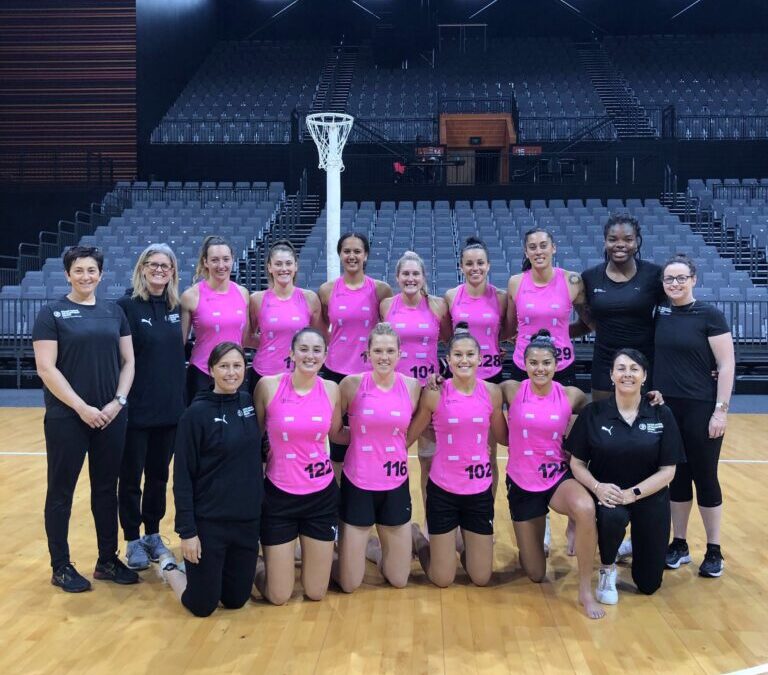
No one ever seems surprised when you say you sprained your ankle at Netball!!
A 2021 study(1) reported that at least 4 out of 5 netballers will go on to sustain an ankle sprain or injury. Over half of players report going on to have recurrent ankle sprain. Furthermore 90% of players report ongoing feelings of ankle instability.
What is concerning is that it is common for people to consider an ankle sprain as a simple injury and often do not seek treatment. It is most common for players to return to playing the following week without any specific care. Without appropriate rehab after an ankle sprain its no wonder people go on to have further ankle sprains and suffer from ongoing limitations.
But there are proven ways to help reduce your ankle injury and re-injury risk.
Injured your ankle? – Find a Physio!
Find a physio that regularly sees Netball players (like our very own Amanda Foster).
Your physio can help straight away – there is no need to wait. In the early stages remember “PRICED” Protect – Rest – Ice – Compress – Elevate and Diagnosis!
Your Physio will work out what is going on in your ankle and then work with you to get you back to Netball safely. They will teach you how to jump and land well. They will also provide simple but very effective rehab exercises to help reduce your risk of having a repeat ankle sprain.
Be Netball Smart!
Injury prevention programs such as ACC & Netball New Zealand’s Netball Smart programme reduce ankle sprains (and all other injuries). These have other great benefits such as improving your performance and fundamental netball skills. For the best results, do these netball specific exercises 3-4 times per week.
Netball Smart have just released their new resource called “Smart Ankle” – Check it out for other tips and tricks here
Wear Netball Specific Shoes
Netball shoes are designed for netball! They are durable, constructed for the rigours of the game. The shoes have excellent grip and have a more rounded edge on the sole of the shoe which helps you react better to sideways movements. If you can only afford one sports shoe your netball shoe can be used for running and other activities.
Tape or Brace your ankles
This is especially important if you have had an ankle injury in the past. Those ankle ligaments after injury are stretched and are less effective at restricting your ankle movement. This can make your ankle more vulnerable to injury. Taping or bracing your ankle will help limit the extremes of movement to reduce your risk of re-injury.
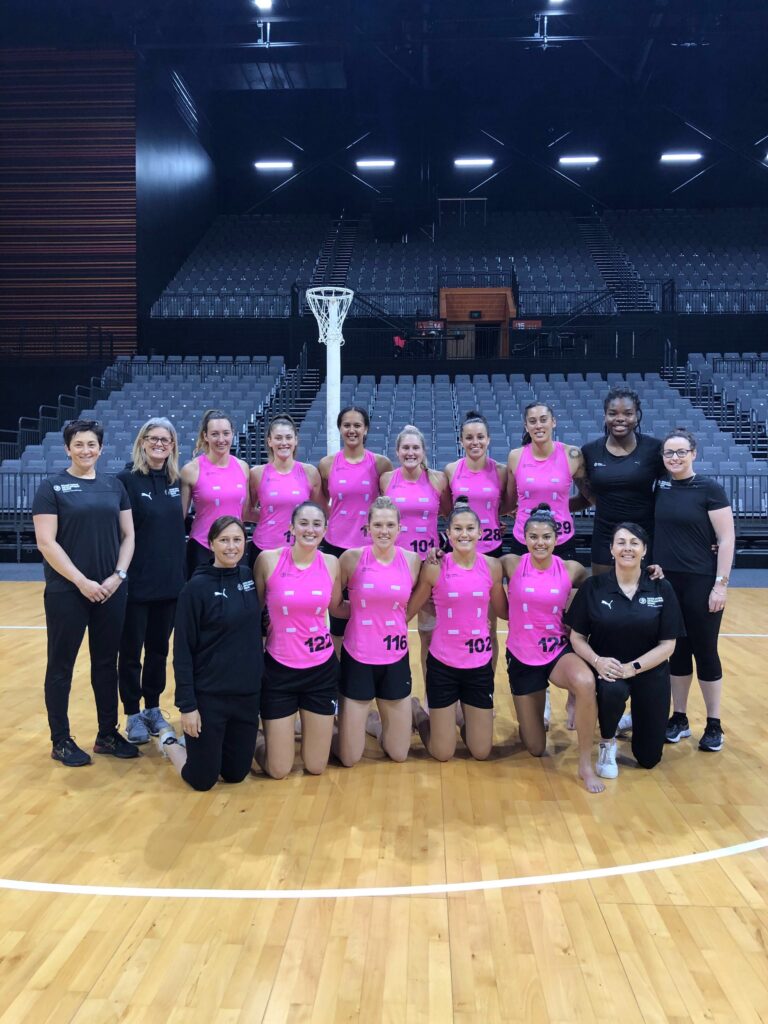
Tape vs Brace
This comes down to personal preference – there is currently no research to suggest one is better than the other. If you’re not sure, talk to your physiotherapist. Your physio can teach you how to tape your ankles effectively or help you decide if an ankle brace might be right for you.
If you haven’t sprained your ankles before there is no need to tape or brace – just keep working on your standing balance, practicing your landings and do the Netball Smart warm up regularly.
Ankles are the most common injury in Netball – but they don’t have to be for you!
Make sure you seek the advice of your physio, practice your movement skill with the Netball Smart dynamic warm up, learn to tape or invest in a brace and get yourself some netball shoes!
Written by Amanda Foster MHPrac, BHSc (Physio)
Director/Physiotherapist Active Health Waikato
Previous NZA, WBOP Magic, NZ Secondary Schools, WBOP NNL and Netball NZ Pathway Physiotherapist.

Did you know that Active Health has physiotherapists trained in Cancer Rehabilitation?
We have 4 physiotherapists trained specifically in cancer rehabilitation, and ready to help you to feel your best. Our Physiotherapists can offer treatment in both the St Albans and Rangiora Clinics.
Cancer treatment is full on and commonly causes unwanted side effects that negatively impact quality of life. Treatment is also known to affect physical health, body weight and cardiovascular health. This can lead to a withdrawal in daily activities like physical activity and working. A great way to combat this is to see our highly skilled physiotherapists to help get you back on track and feeling better.
Cancer rehabilitation can help reduce the side effects of cancer and cancer treatments. Our trained physiotherapists can help support people in all the stages of their treatment and after treatment has finished, to help them maximize their recovery and improve their quality of life.
Please spread the word that there are trained physiotherapists that can help support people who are recovering from cancer, as so many people are missing out on this valuable support and as a result they are living with unnecessary side effects of cancer.

There are a few options for funding for this type of rehabiblation to help ease the finacial strain of treatment.
For those affected by Breast cancer, you can apply for funding here through the Breast Cancer Foundation.
For any other types of cancer, you can apply for funding here through the PINC and STEEL Trust.
Click here if you want more information
Recent Comments